From the Silk Road to the Roman uh oh … Greek Road
Once in Turkey we reached the end of the Silk Road, which we had been following on and off for 6 months. We were now firmly in the Roman Empire, and were looking forward to some dead-straight Roman Roads, or so we thought. It turns out most of the stunning ancient cities were built by the Greeks and only much later colonized by the Romans…
Turkey has many ruins dotted across the country, many world-class, but as we were now on a mission to get back to the Netherlands and the UK before Christmas, in less than a month, we had to get our skates on. No more detours of over 1,000km as we had done in Iran.
It was time to put our Adventure Racing skills to good use and plot the most efficient route, still stopping at a few highlights along the way. We got the Lonely Planet out (lucky for us we had an old one for Turkey, the new ones have less and less information in them), grabbed our good ol’ paper map and started planning the next section of the route. The first victim of the new regime (of no detours) was Istanbul.
Our tour of the Greco-Roman ruins in Turkey started at Pamukkale. Even though it is probably more famous for its travertines (calcium deposit terraces with crystal blue water). The Greeks of course knew about these calcium rich hot springs and built a city and spa at the top of the terraces. The ruins of Hieropolis are predominantly Roman, as the original Greek city was lost in an earthquake. The location is stunning, as the city with its many temples, baths and theatres sit directly above the travertines.
We arrived on a cloudy, cold day and visited the terraces first. Of course we had to wade into the warm, knee-deep water and take the obligatory photo with the beautiful blue water. In summer many people wear nothing but their bathers, but we had to roll up our trousers to get in.
We then explored all the ruined temples, market places, public toilets, graves and temples, before jumping into the only naturally heated swimming pool on the planet with original Roman columns lying on the pool floor. Even if the pool would have looked different in Roman times and there were no nymphs feeding us grapes to complete the experience, we thought it was pretty special.
Our next stop was Ephesus, a harbour town that lost access to the sea and subsequently lost its inhabitants a long, long time ago. We reached the beach next to Ephesus the evening before, just in time to watch our first sunset over a sea since leaving the beach at Sihanoukville in Cambodia, many months ago. It was a bit late and cold for a swim, but we dipped our toes in and had a beer to celebrate beach camping again.
It turned out to be an eventful night on the beach. A local Romeo in his shiny new 4WD was taking his shiny new girlfriend to find a secluded spot. Unfortunately he managed to get himself bogged about 10m from where we were camping. For the next hour or two the local tractor tried to pull him out and failed. Whilst very funny, it meant we got a little less sleep than we had hoped for.
We set off in the morning, leaving the deserted 4WD and tractor on the beach. Ephesus, built in the 10th century BC is absolutely stunning and extremely well preserved. As you wonder round, you actually feel as if you are in a Greco-Roman city. Many buildings have already been painstakingly restored, including the theatre (which can seat 25,000), the impressive and intricate façade of the Library of Celsus, as well as the toilets…. Many others are undergoing restoration work with teams from all over the world.
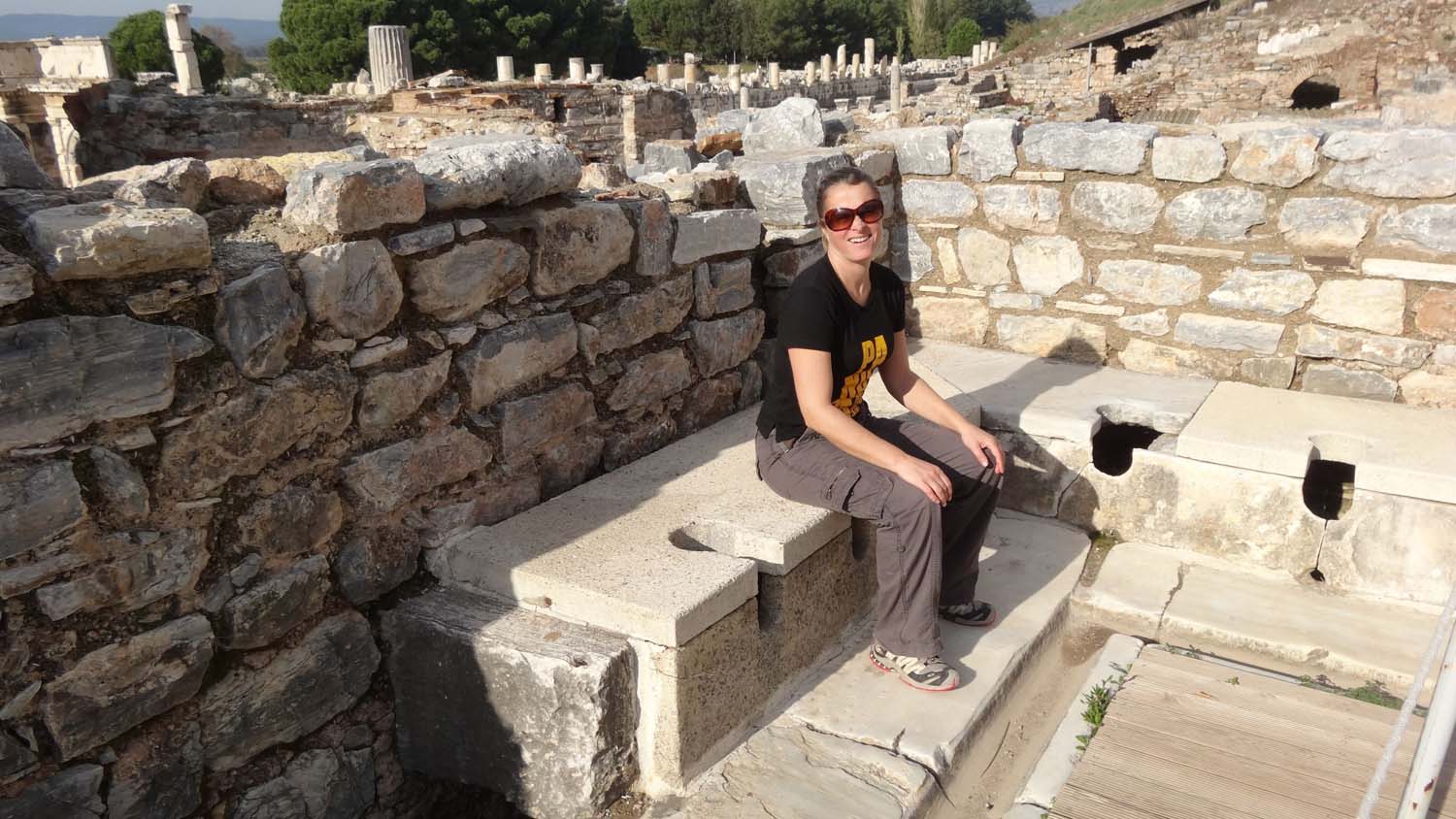
as in modern China, there was not much privacy on the toilets in the old Roman days… (water to clean yourself ran in the little gutter in front of the toilets)
In 100BC, Ephesus fell under Roman control and grew to one of the largest settlements with a population of over 200,000 people. Archeologists have recently unearthed a series of Roman ‘terrace houses’, occupied by wealthy merchants and officials. They have incredible detailed mosaics on floors and walls which they are now trying to piece back together. Imagine doing a jigsaw puzzle with 1.000.000 pieces or more…
Very close to Ephesus is Maria’s house. Yep, that’s Jesus’ mum – she was brought here by the Disciple John after Jesus’ death for her own safety. It’s a very significant pilgrimage site for many religions, and three recent Popes have visited. Luckily for us it was pretty much deserted when we arrived. The house is tiny and was found after a German priestess in the 18th century had a vision and told people where they could find it – and they did. Well, they dug up foundations of a small house and have rebuilt the old house. You can now have a look inside, say a prayer and burn a candle. They also take water home from the spring underneath her house and tie paper ribbons to a fence – not a pretty sight as they all get moldy after a few days of rain.
Our Roman (or Greek) road then took us north up the Aegean coast to the ancient city of Pergamon. The hilltop site is topped by the reconstructed temple of Trajan, a Roman emperor who led the biggest expansion of the Roman empire. Their amphitheater is equally impressive. As the city is built on top of a steep hill and they didn’t want to block the views of the surrounding areas with the stage of the amphitheater, they used a removable stage! You can still see the holes in the ground where the pillars were placed when a show was on. And the views remain very impressive till this day.
We weren’t too impressed with Troy. We felt we needed to stop here as it is such a famous, although much exaggerated, made-up story, but we think it would have been best to stop here first and then move on to the more impressive ruins. The ruins here are old for sure, and if these would be the only ones you saw, you’d be well impressed. But they definitely miss the wow-factor of the sites we had already seen.
We still loved the wooden horse and as we were there on the same day that most of our friends were dressing up and having a little fun adventure race in Perth called the Troyathlon, we felt connected. The other much loved ‘things’ we saw were some squirrels frantically gathering nuts in preparation for winter. They are so much fun to watch! We took more photos of the squirrels than of the ruins…
Our last stop in Turkey was Gallipoli on the other side of the Dardanelles. With not a bridge in sight we took the little ferry to get across. We were now leaving Asian soil and starting our final stretch on the European continent. It really began to feel like we were entering the final leg of the journey.
Gallipoli is not part of the Roman or Greek history, but a place rich in links with Australia and New Zealand. On Anzac Day many Ozzies and Kiwis come here to commemorate the long and arduous battle between their troops and the Turks during the First World War. Over 9 months, the Allied forces suffered 50,000 fatalities and a further 100,000 injured (interestingly the vast majority were British) but failed to take control of the strategic peninsula.
We had Anzac Cove and many of the other monuments to ourselves. The memorial for the many Turkish fatalities was the only busy area on the peninsula and is seen by the Turks as a defining moment in their nation’s history. In many places you can still see the trench lines, which are sometimes separated by only a few meters. But the lasting impression of Gallipoli is an overwhelming sense of peace. The whole area is a national park, so there is none of the over-development which is a feature of so much of the Mediterranean coast.
From the sad memorial grounds of Gallipoli, we headed on to the modern Greek roads, but that’s another story coming soon…

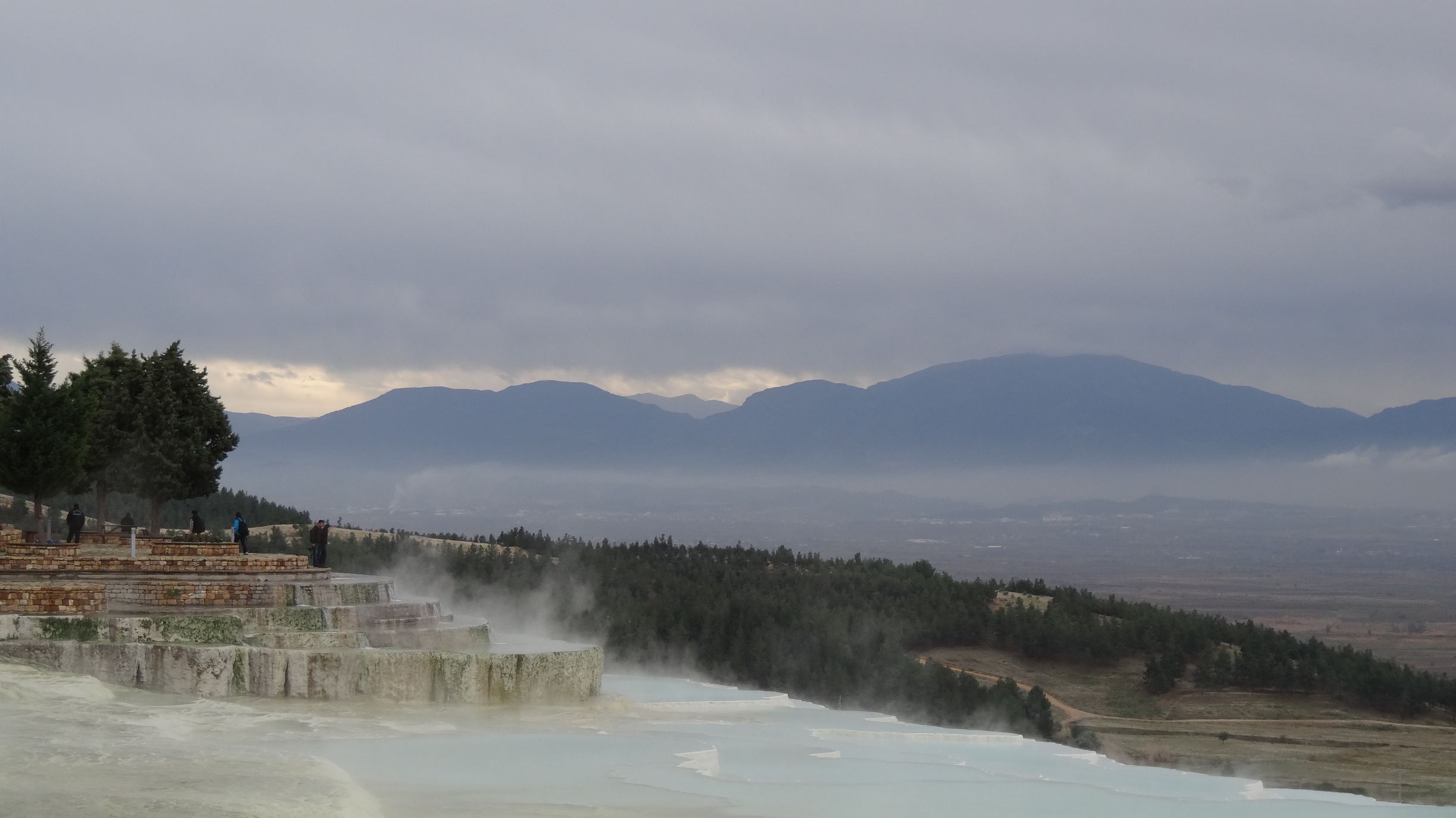
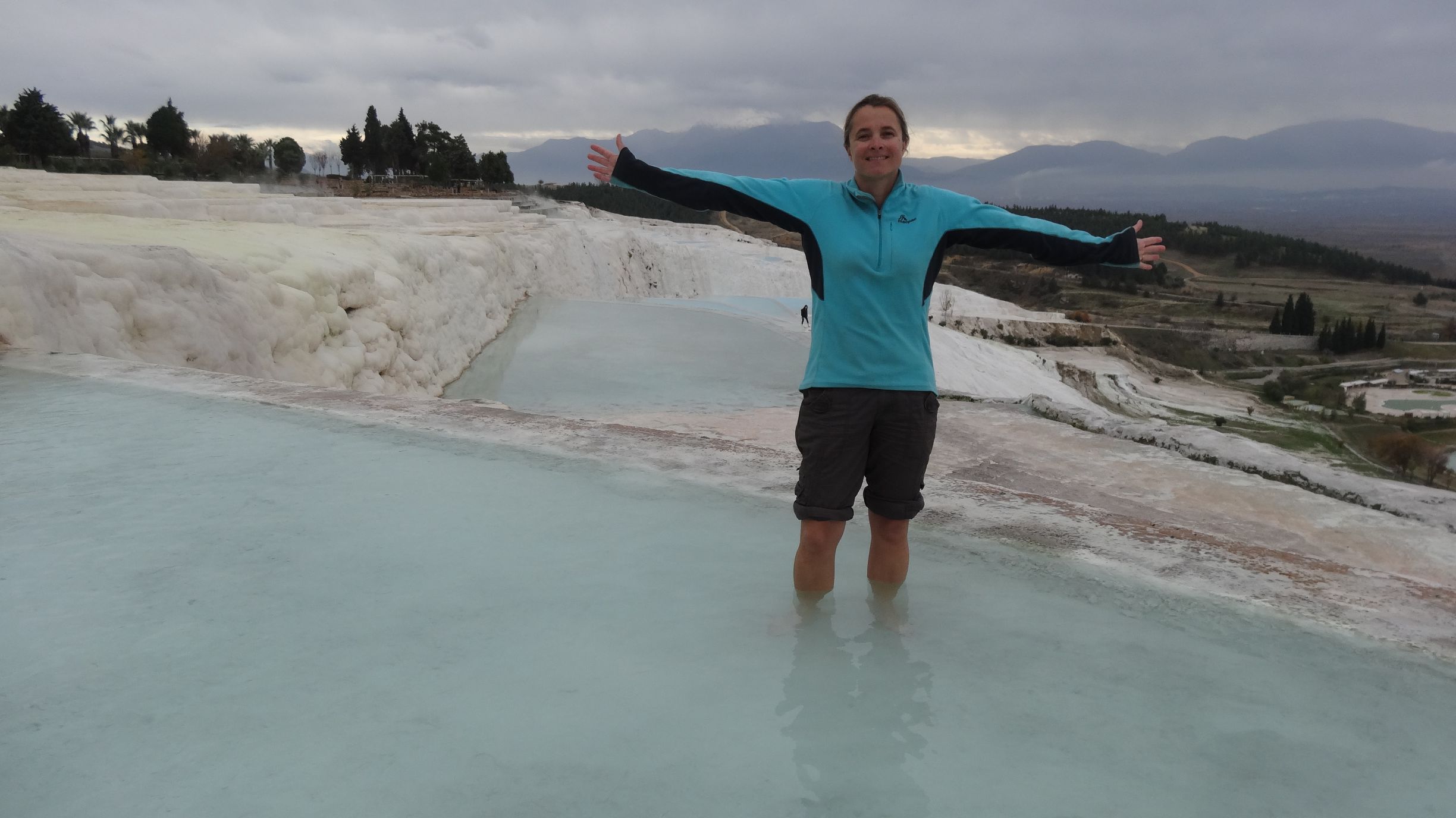

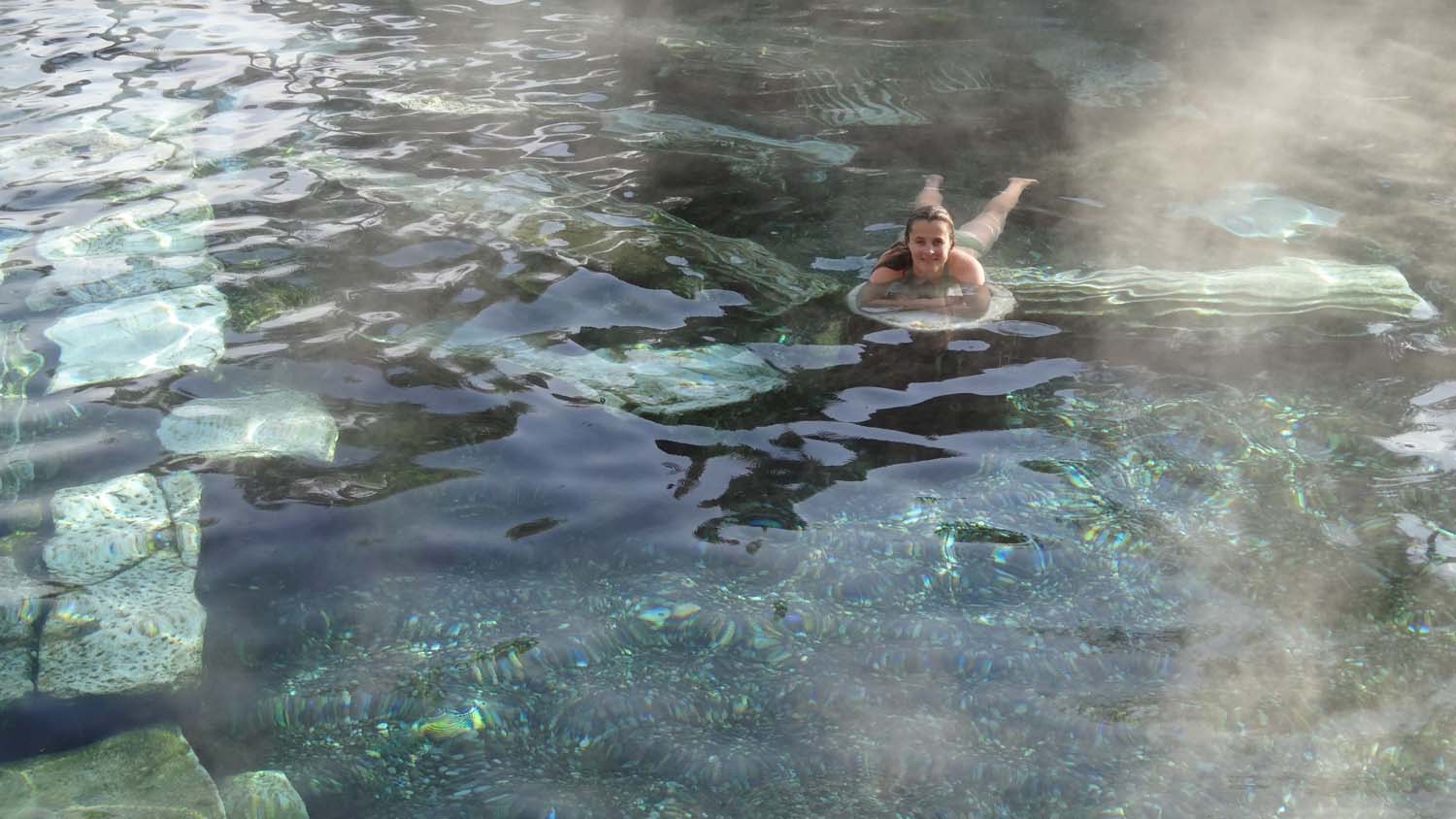

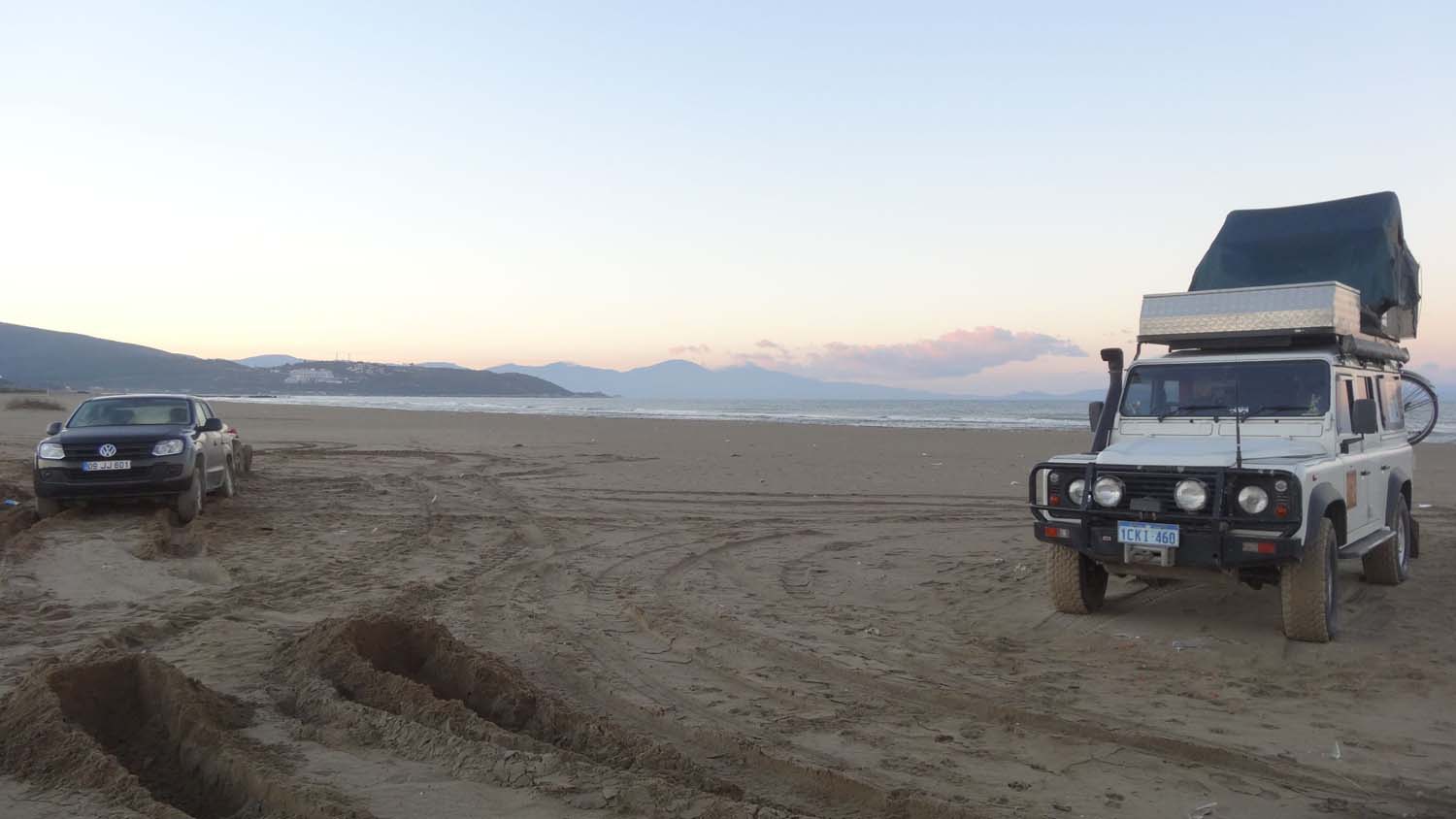

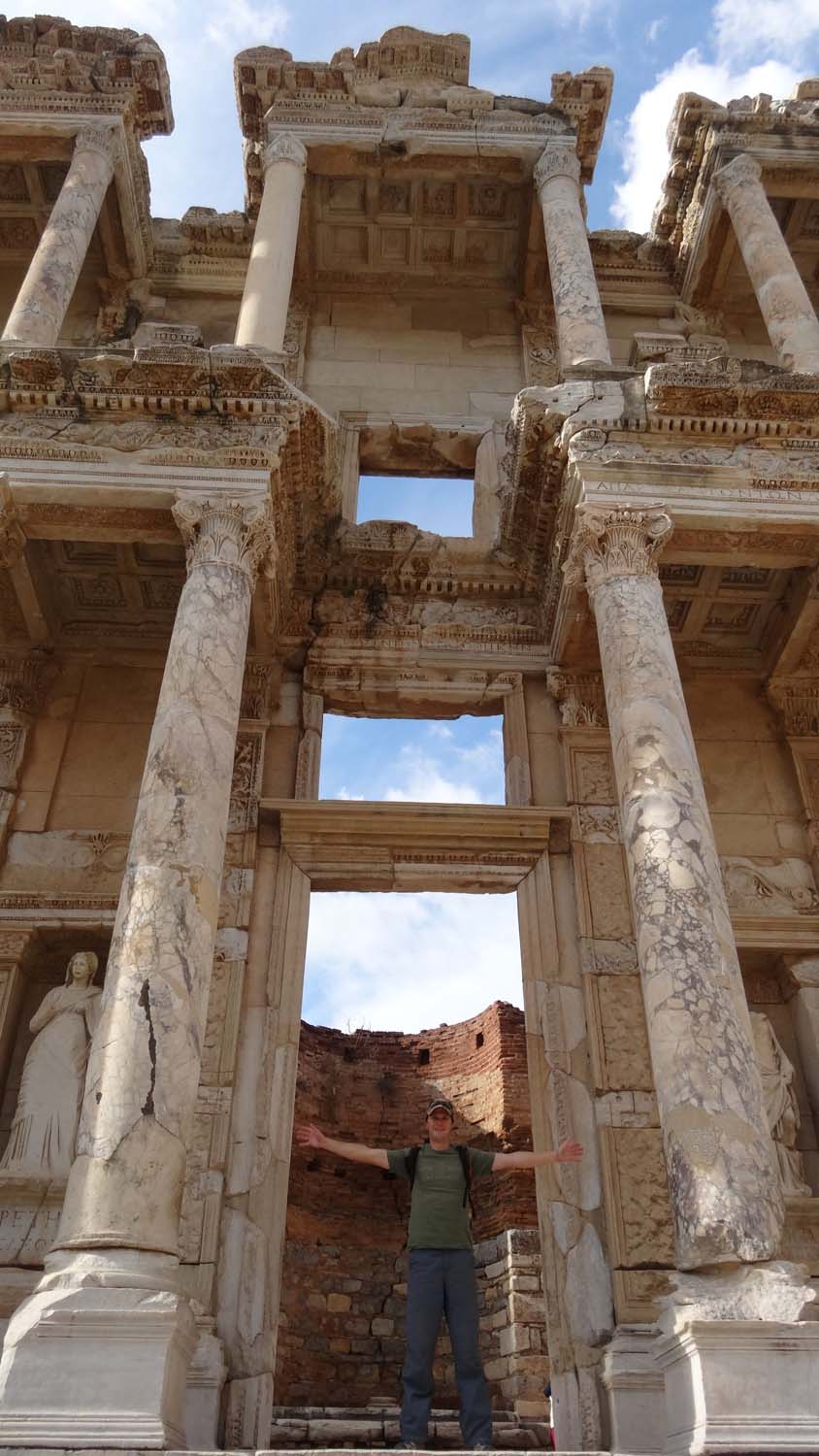
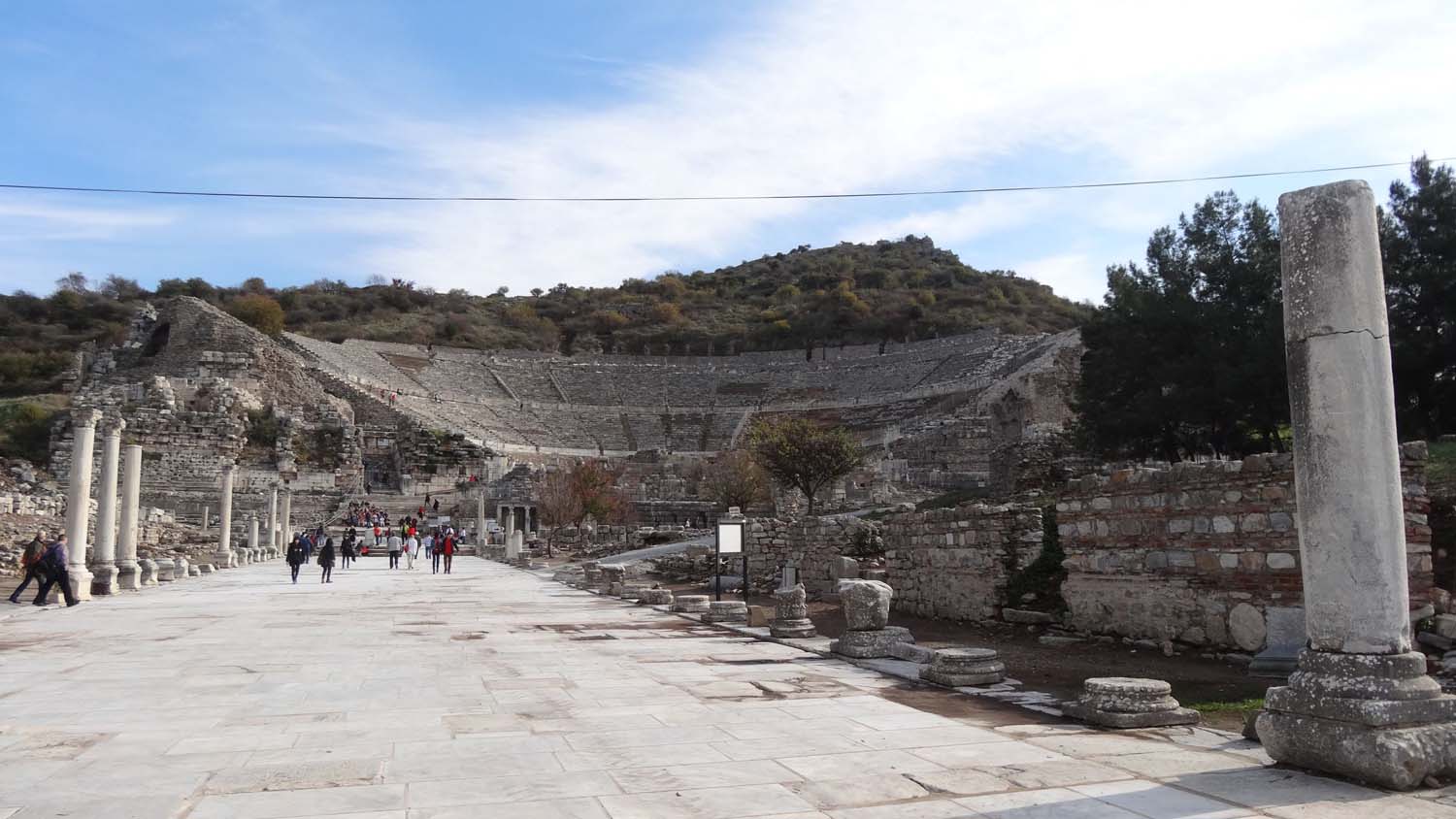

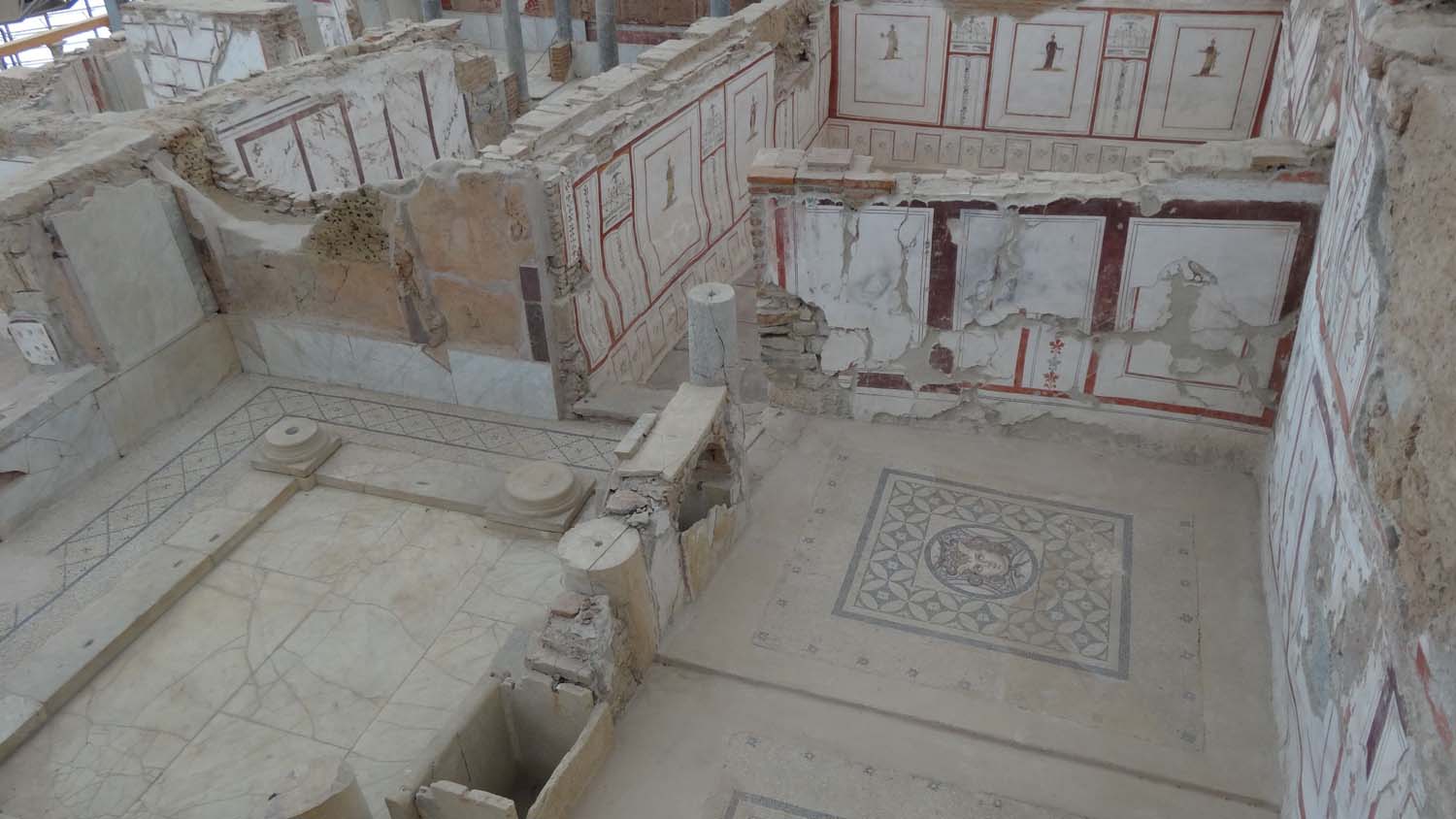
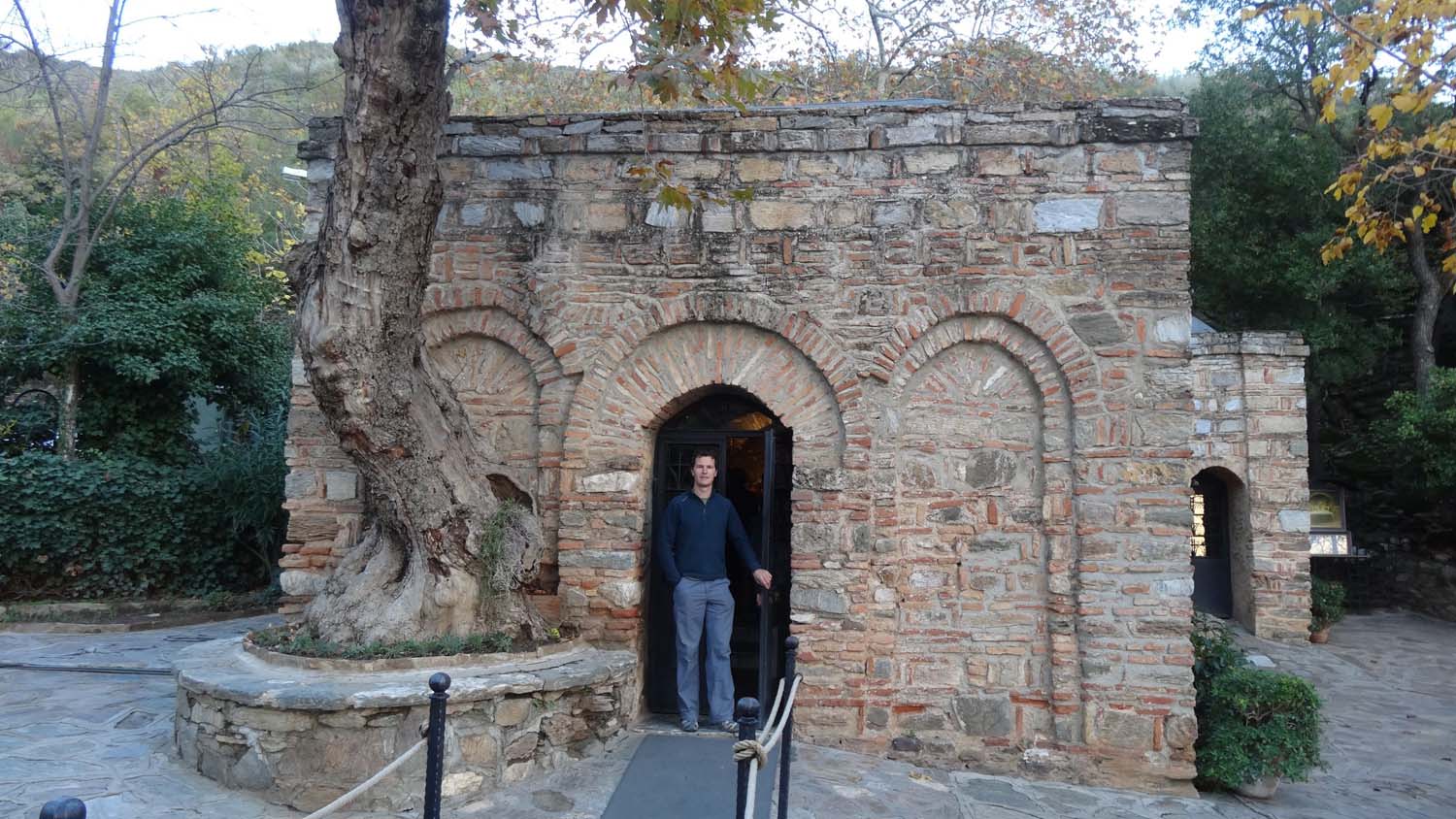
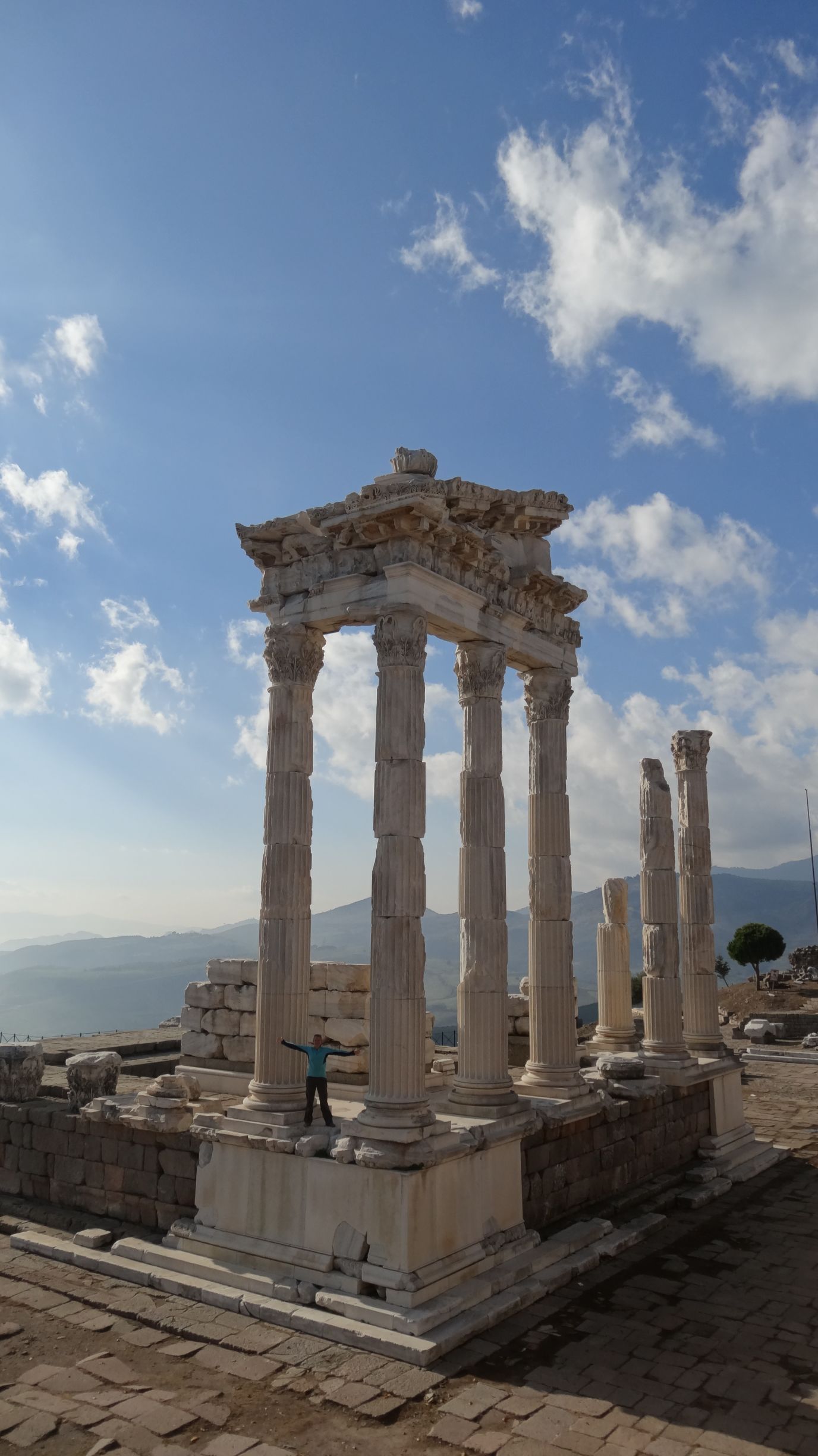
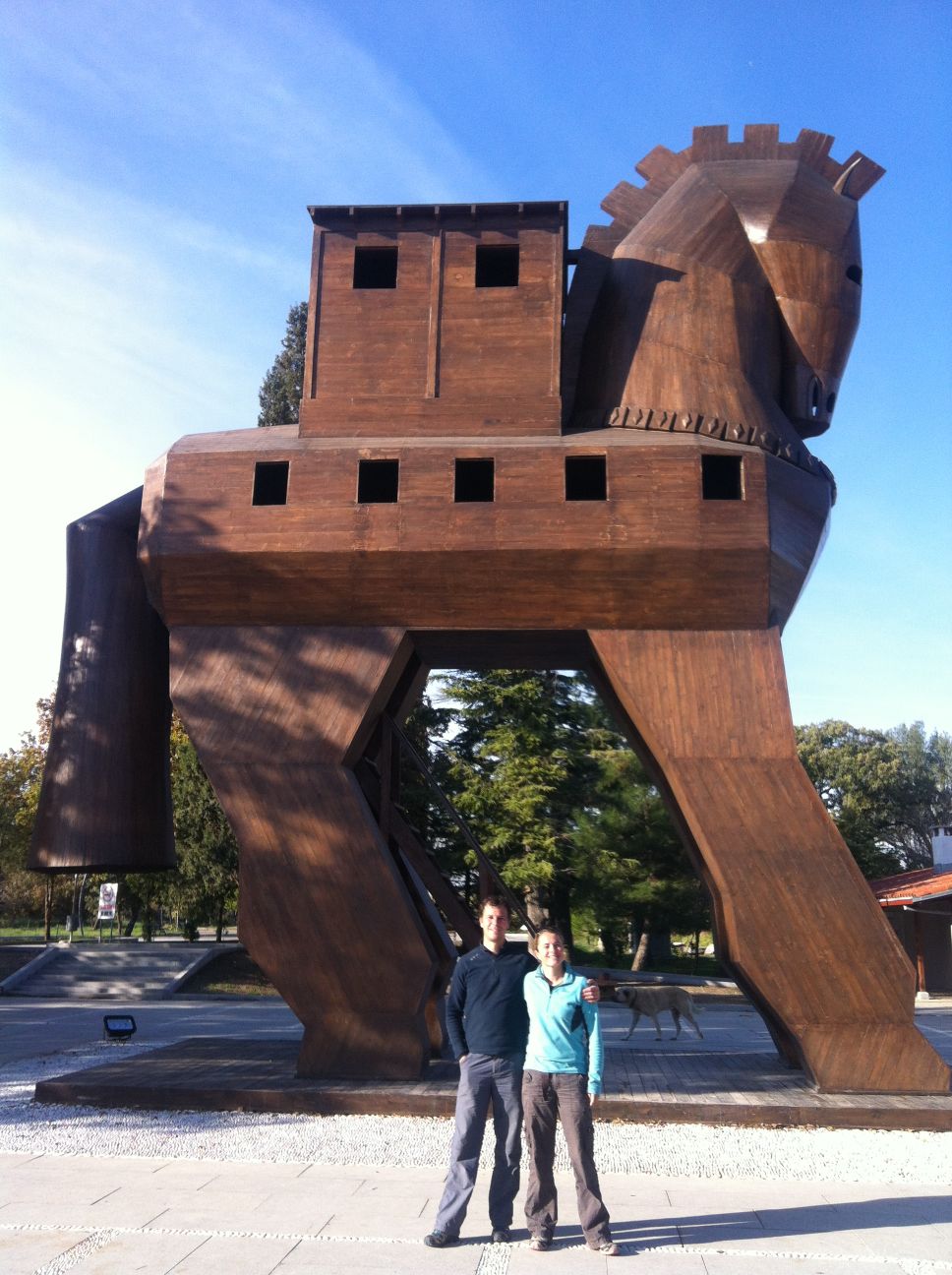
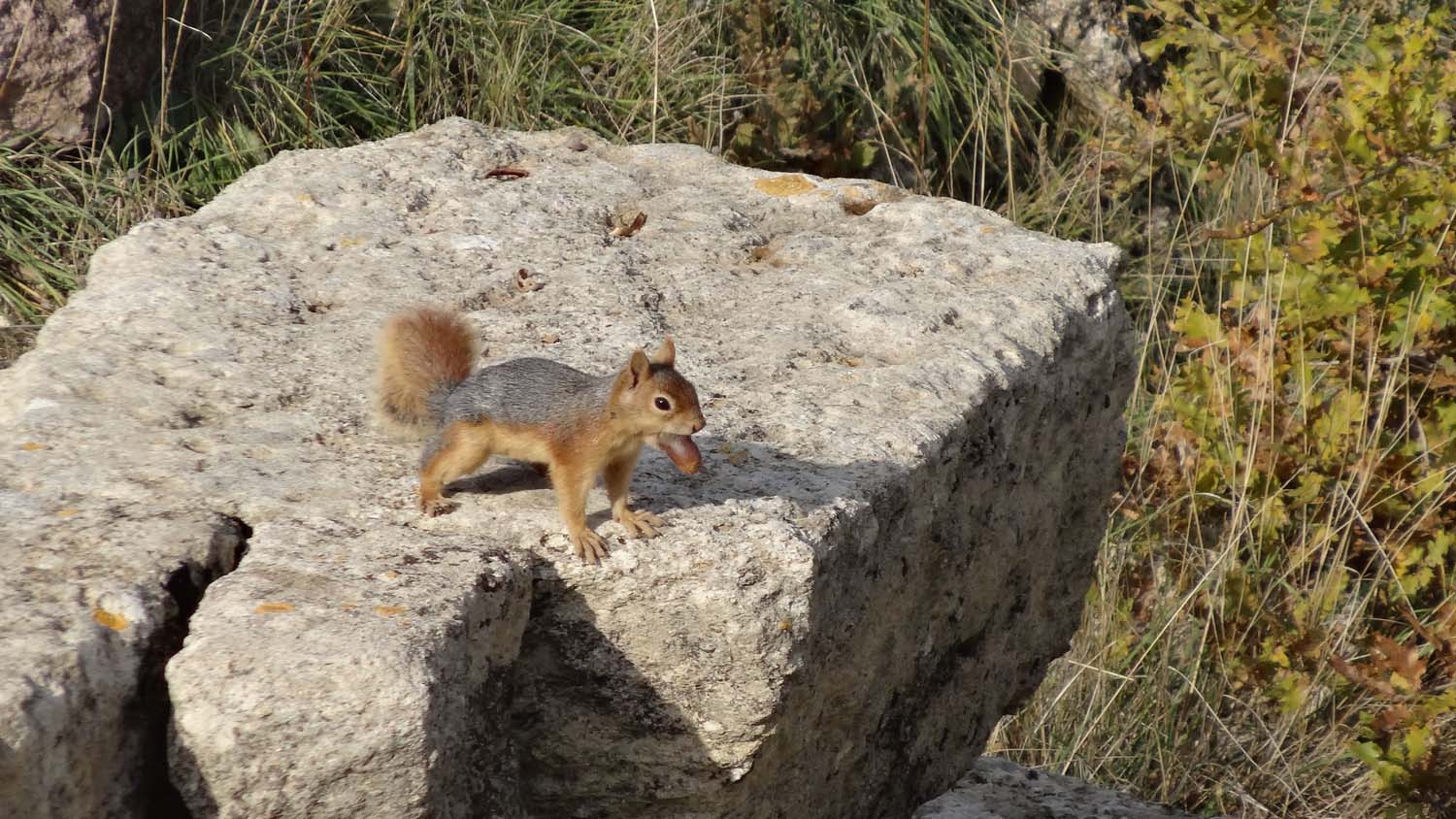
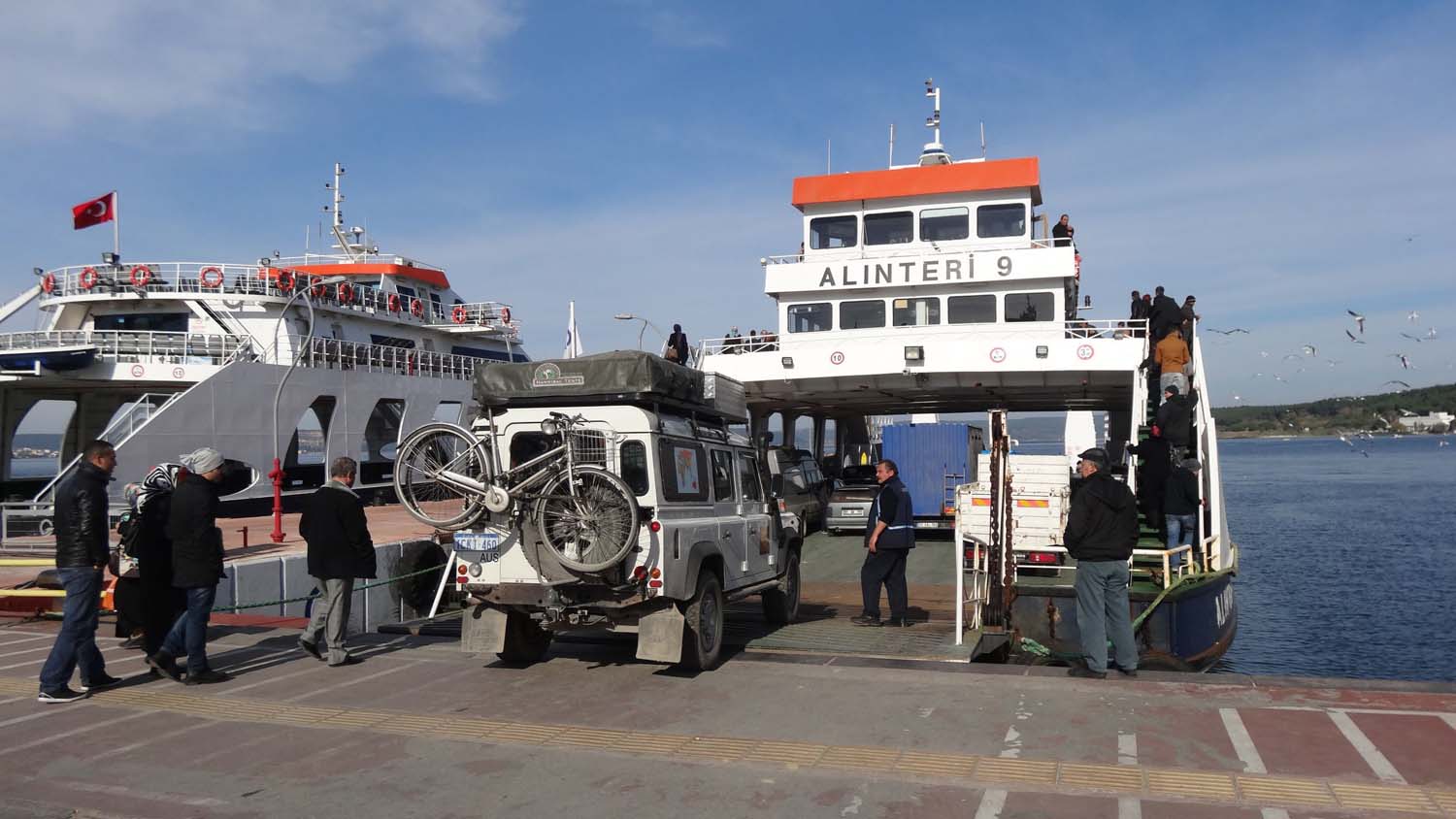
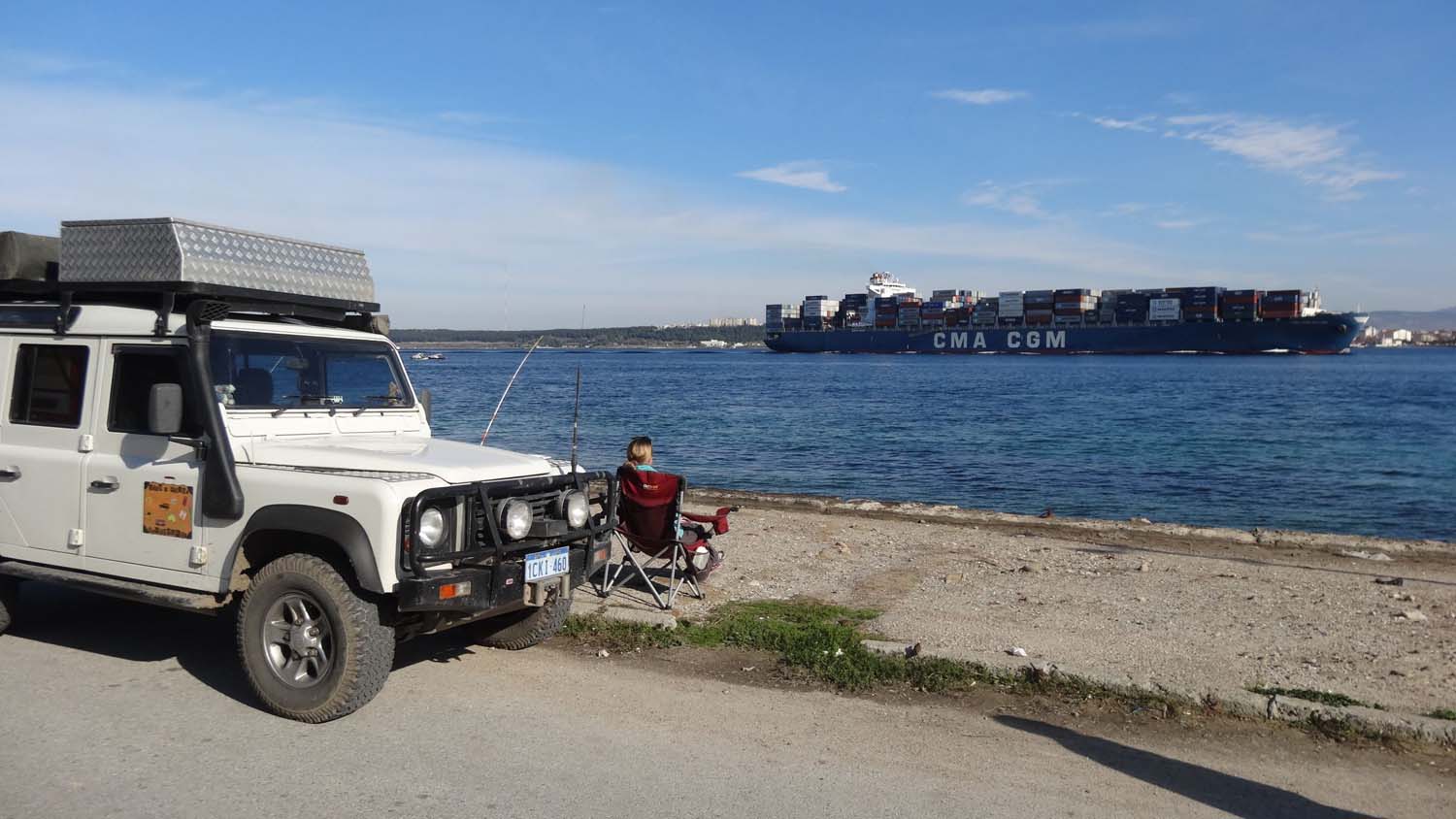
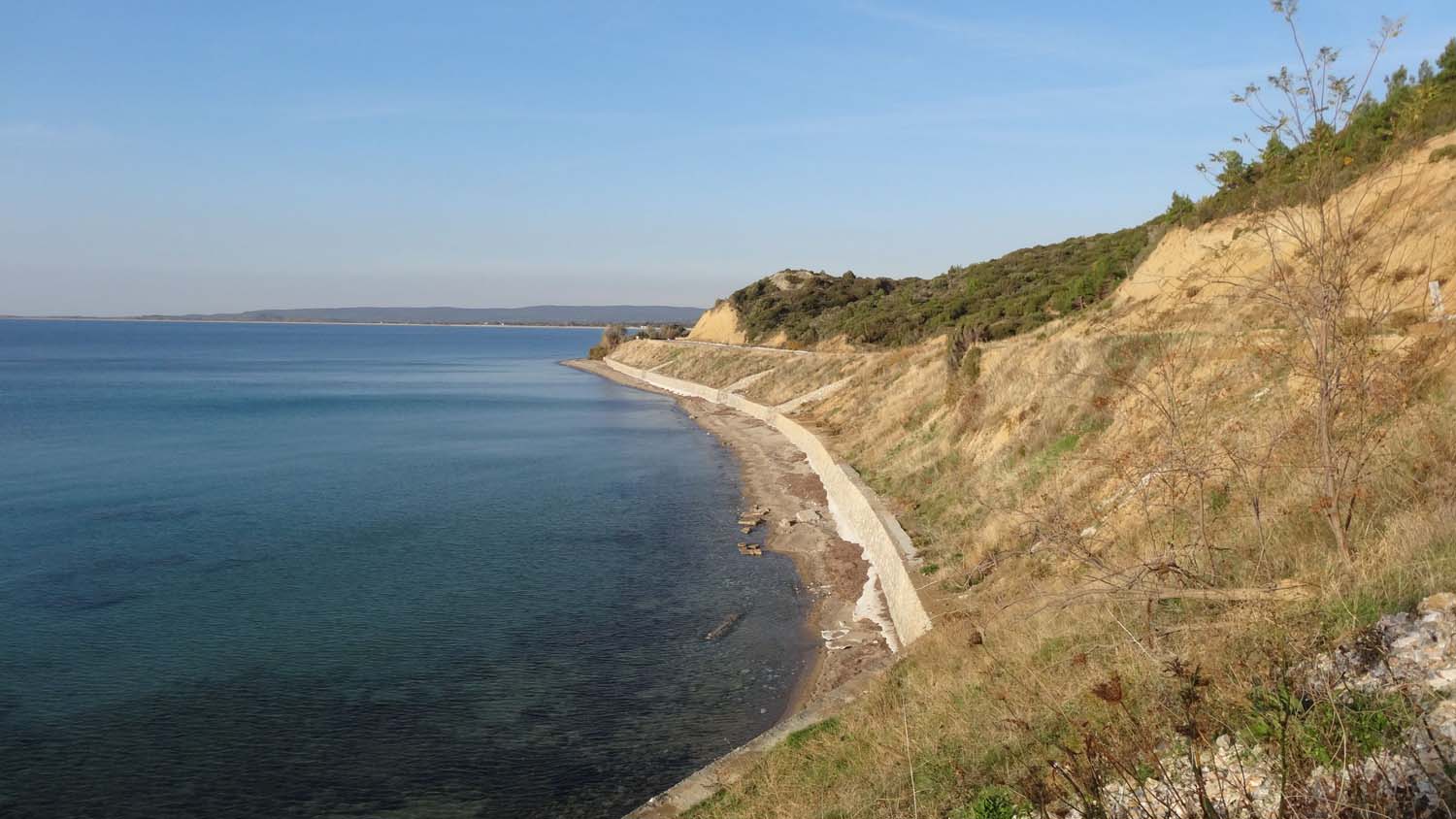

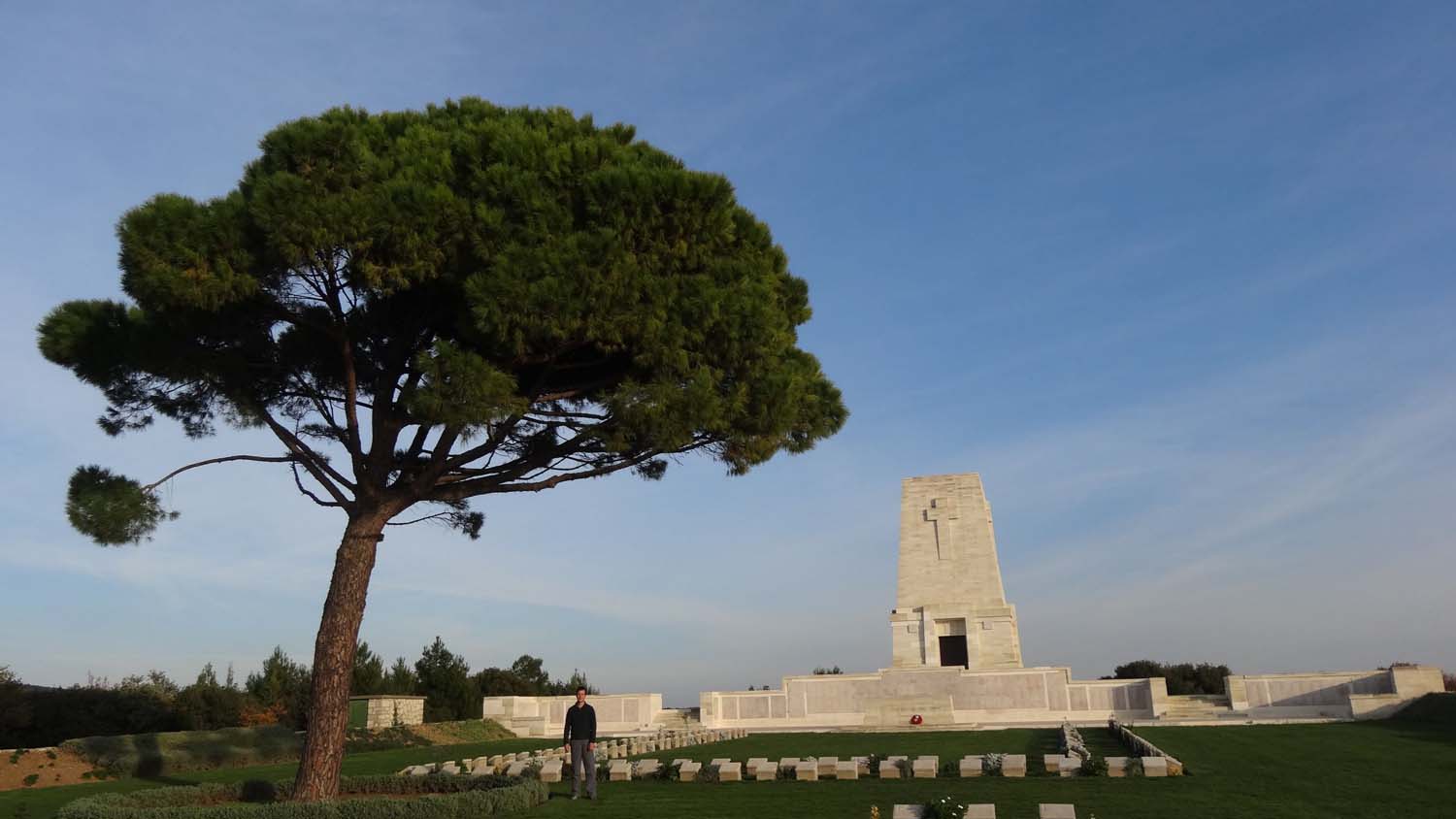
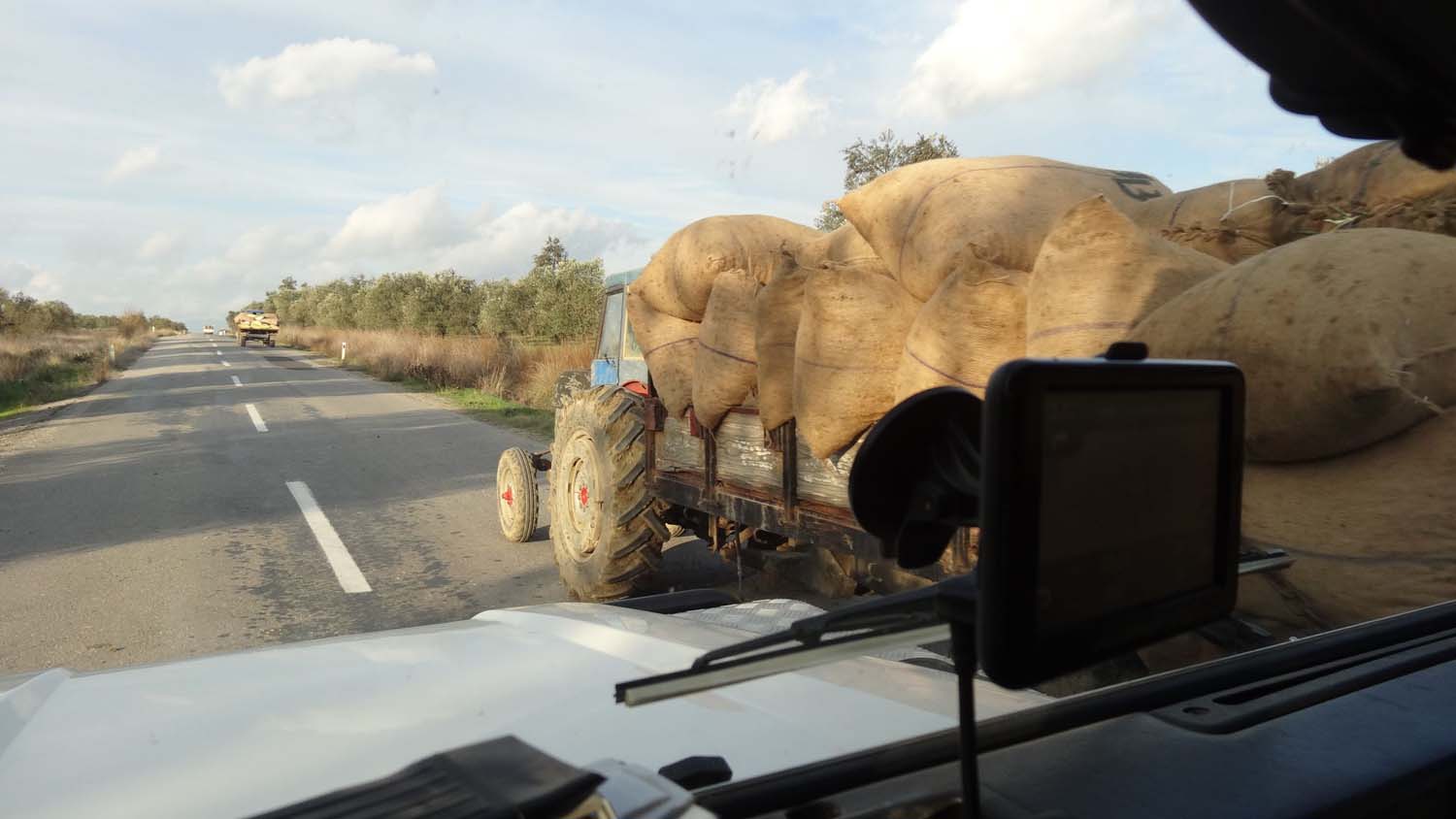
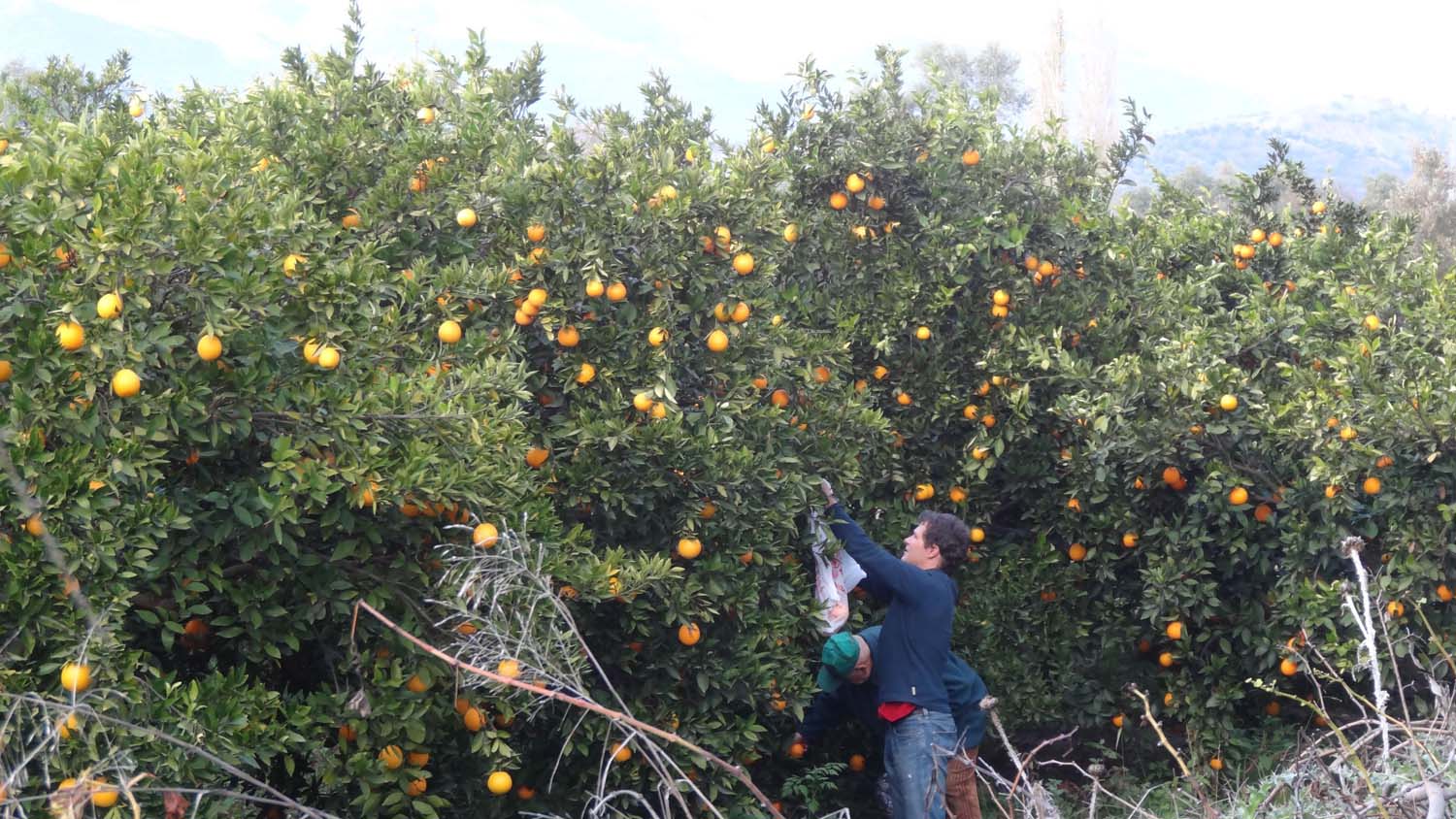
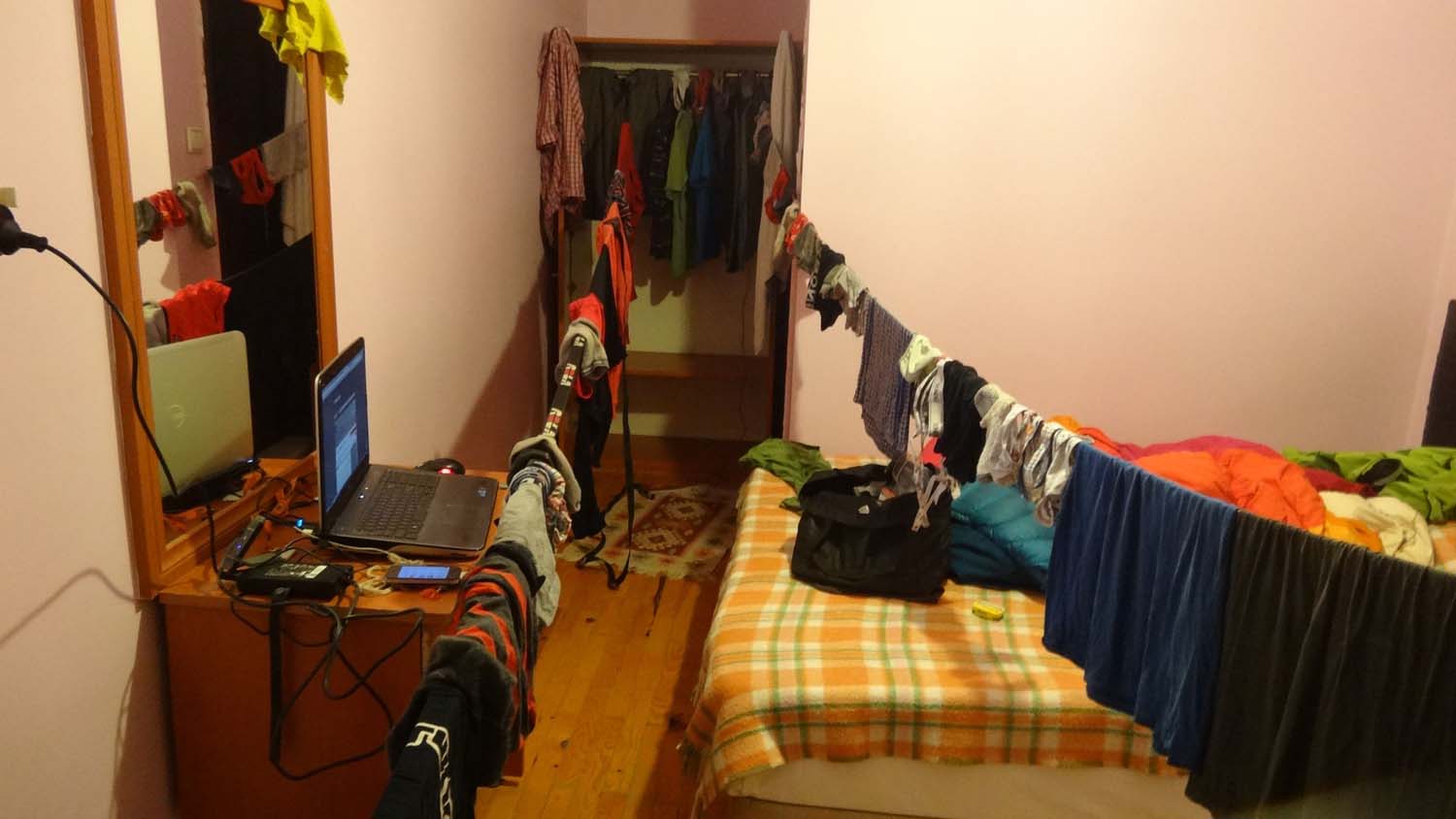
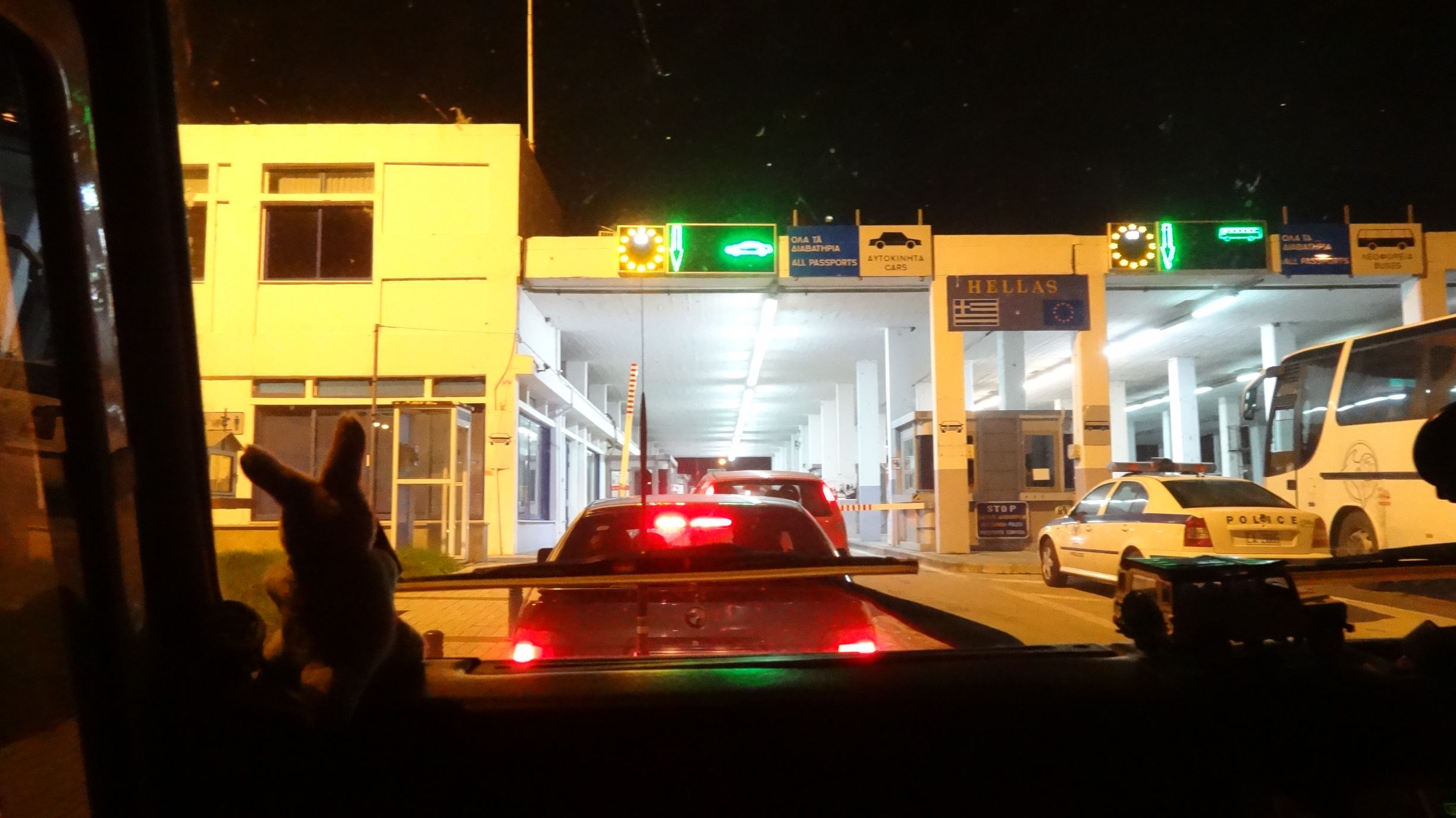
It’s funny reading it, knowing you will be here in two weeks already, but still great read.